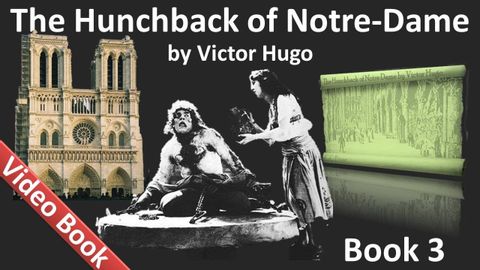
Subtitles & vocabulary
Book 03 - The Hunchback of Notre Dame Audiobook by Victor Hugo (Chs 1-2)
00
阿多賓 posted on 2014/01/24Save
Video vocabulary
city
US /ˈsɪti/
・
UK /'sɪtɪ/
- Noun (Countable/Uncountable)
- Area with many buildings, roads and people
- A self-governing incorporated municipal organization.
- Adjective
- Relating to a city or urban area.
A1
More town
US /taʊn/
・
UK /taʊn/
- Countable Noun
- Small city
- Part of city with shops and entertainments
A1TOEIC
More university
US /ˌjunɪˈvɜrsəti /
・
UK /ˌju:nɪ'vɜ:sətɪ/
- Noun (Countable/Uncountable)
- High-level educational institution; college
- The collection of buildings which belong to a university.
A1
More Use Energy
Unlock All Vocabulary
Unlock pronunciation, explanations, and filters
